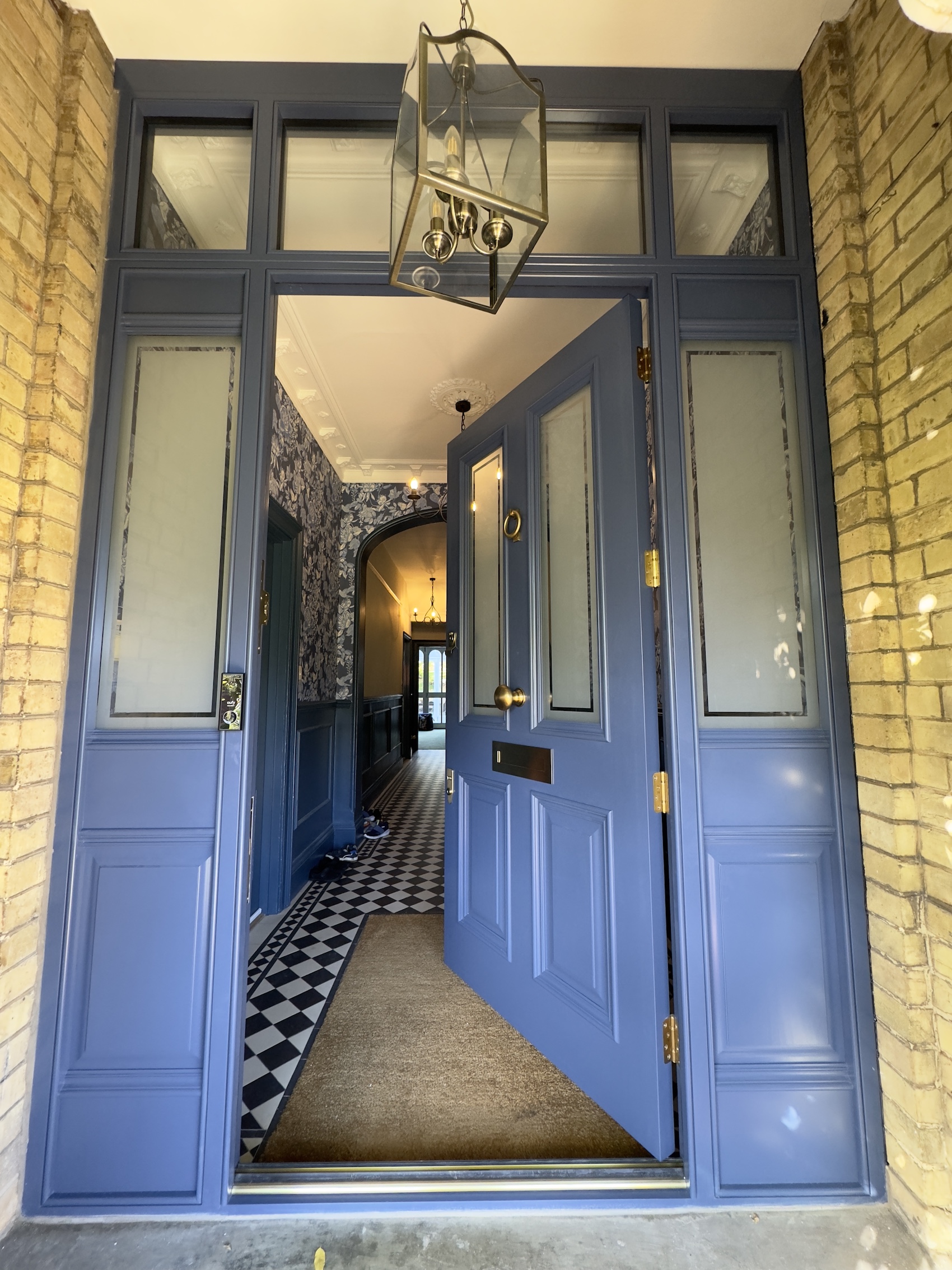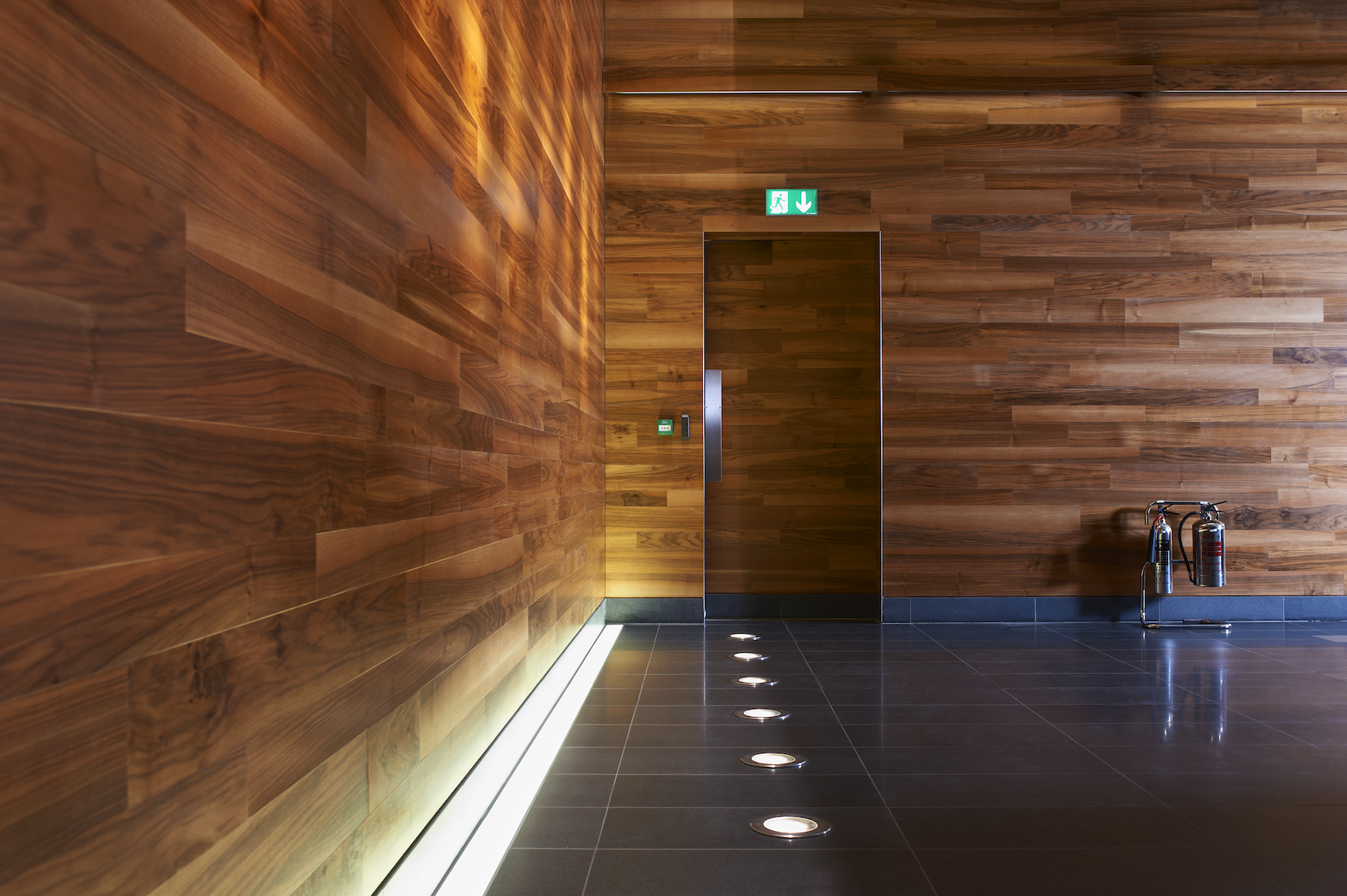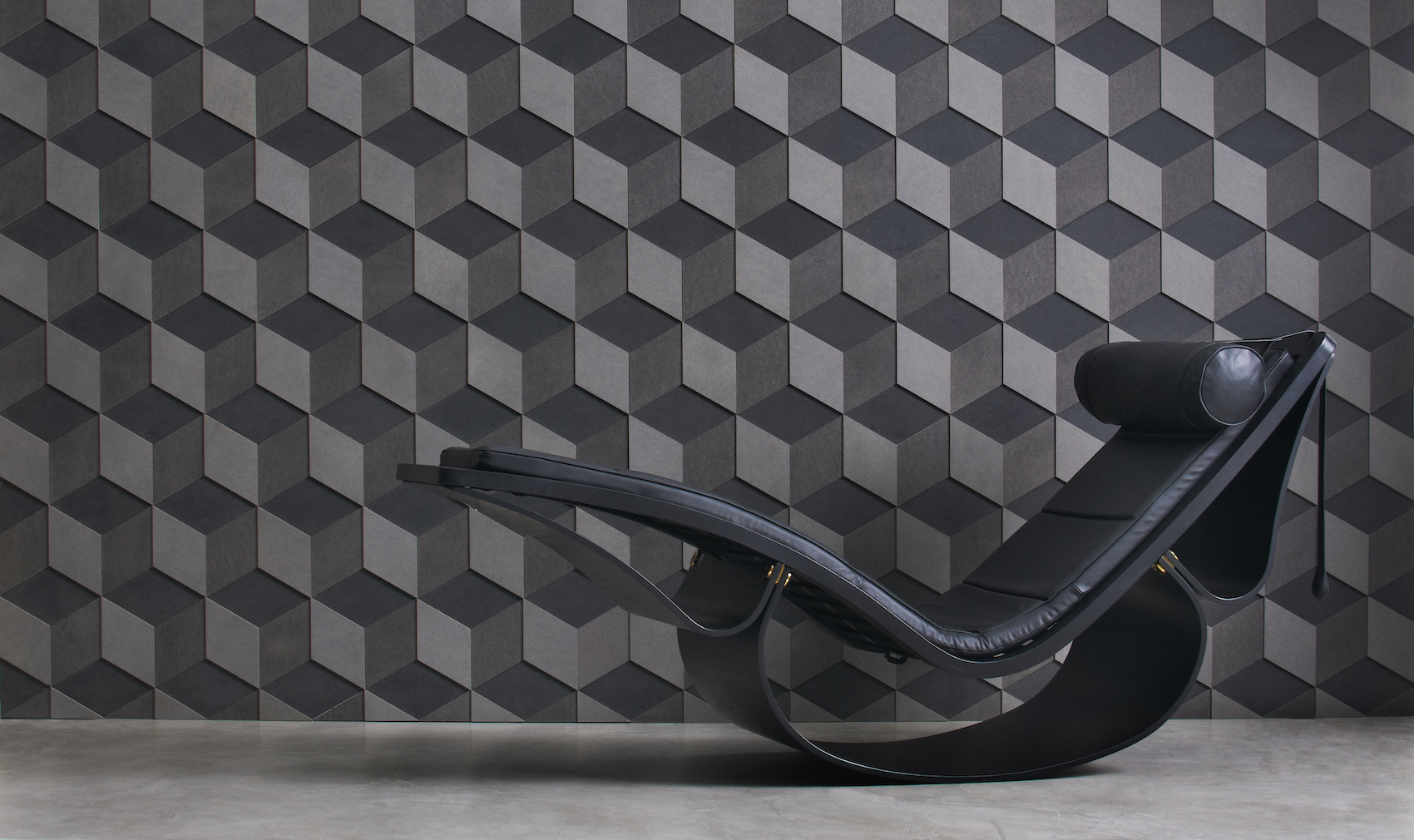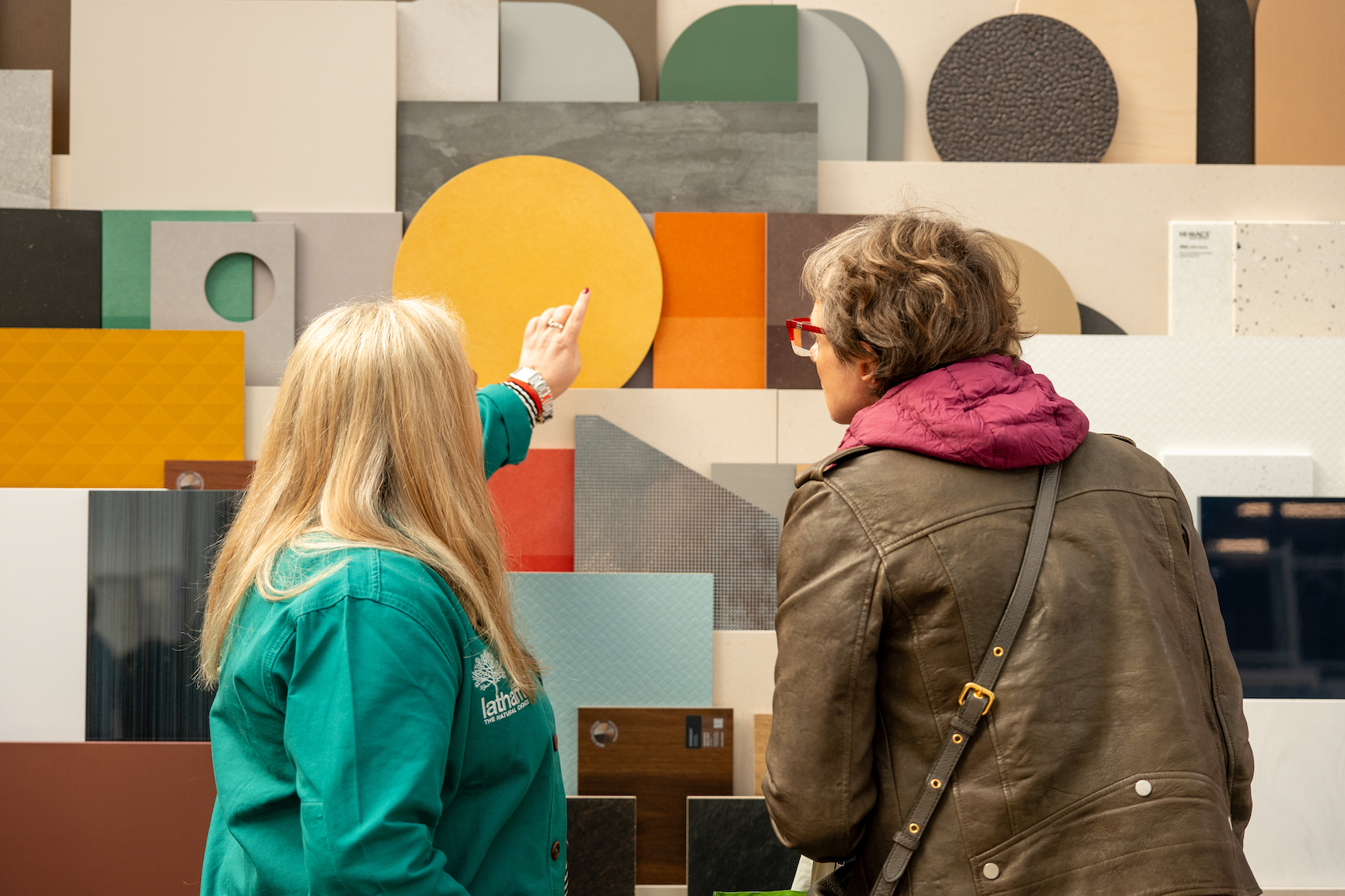James Latham Technical Timber Manager Justin Hayward discusses the technical, environmental and practical benefits of Accoya acetylated timber with Architecture Today’s Technical Editor John Ramshaw.
In association with![]()
Accoya decking and cladding at the Handlebar Cafe in Hampshire (photo: James Latham).
James Latham is one of the UK and Ireland’s largest independent distributors of timber, panels, and decorative surfaces, with a nationwide distribution base and a strong reputation for innovation and environmental responsibility. From its early roots in traditional timber products, the company has evolved into a key player in advanced material technologies, including modified woods. It currently holds the UK’s broadest stocks of Accoya® – a high-performance, acetylated timber that combines the durability and dimensional stability of tropical hardwoods with the sustainability credentials of fast-grown softwoods. In conversation with Architecture Today’s Technical Editor John Ramshaw, James Latham Technical Timber Manager Justin Hayward explores the production, specification, and performance benefits of this versatile and sustainable modified wood product.
What is Accoya and how is it produced?
Accoya is a high-performance modified timber. It is manufactured from sustainably-sourced, fast-growing softwood – usually Radiata Pine –and undergoes a proprietary, natural treatment that alters its chemical structure. This process, called acetylation, enhances the wood’s durability, dimensional stability, and resistance to decay, positioning Accoya as a premium choice for architectural applications.
Accoya factory-coated in Sansin Raven by Latham Timber Manufacturing (photo: Karl Harrison Designs).
What does the acetylation process involve?
Acetylation involves introducing acetyl groups, derived from acetic anhydride, into the wood’s cellular structure. By replacing moisture-loving hydroxyl groups with more stable acetyl groups, the wood’s ability to absorb water is dramatically reduced. This results in enhanced dimensional stability and increased resistance to biological degradation. The process employs non-toxic reagents and produces a timber product with an extended service life and minimal environmental impact.
What are the main benefits of Accoya?
Accoya’s primary selling point is its stability. Installers and specifiers appreciate its ability to resist movement and distortion, even in challenging weather. This means longer-lasting coatings, fewer callbacks, and less maintenance. Furthermore, its durability rivals that of tropical hardwoods, providing a service life of up to 50 years above ground and 25 years in-ground or in freshwater contact.
What applications is it best suited to?
Accoya is ideal for joinery (windows, doors, conservatories), cladding, decking, and engineered products. James Latham supplies both raw material and machined profiles for cladding and decking, and can supply engineered components incorporating insulation for energy-efficient doors. Finished options include clear-coated, pre-painted, and colour-through Accoya, as well charred (Shou Sugi Ban) finishes.
Painted Accoya front door (photo: SJC Bespoke Joinery).
How does Accoya perform in terms of cost and performance compared to other popular timber cladding species?
Accoya outperforms alternatives such as larch, western red cedar, Spruce and thermally modified woods such as Thermo Redwood in stability and durability. However, premium performance comes at a cost – initial costing of Accoya is likely to be higher than alternatives, however Accoya’s 50 year warranty, class 1 durability and low maintenance makes it a more cost-effective choice for specifiers over time. This also bears true on coated Accoya, as paint systems last a lot longer, compared to other timber species and therefore provide costs savings on maintenance and rework.
Shou Sugi Ban charred Accoya cladding on a residential extension (photo: James Latham).
What are the recommended methods for cutting, shaping, and fixing Accoya?
Accoya can be worked like other timbers, but its stability allows for thinner sections without risk of distortion. Stainless steel fixings are essential, as cheaper alternatives may corrode due to the acetylation process. James Latham provides in-house training and certification for contractors, ensuring correct handling and installation. The training is essential for warranty eligibility and ensures the correct adhesives and fixings are used.
What types of finishes and coatings can be used on Accoya, and what does James Latham recommend?
For Accoya, we recommend Sansin and Teknos finishes. These brands offer a wide variety of colours and finishes, and offer redecoration timescales of up to ten years, dependent upon exposure, orientation and other design factors. Accoya’s stability reduces cracking and paint failure, allowing for extended coating lifespans. Our in-house finishing service provides fully finished products to save time and ensure consistent application.
‘Finish Line’ Accoya cladding on a private residence in Mallorca, Spain (photo: James Latham).
What kinds of accreditations and warranties does Accoya have?
Accoya carries FSC certification, KOMO certification for bonded products, ISO 9001, EPDs, and C2C Gold certification. It is backed by a 50-year above-ground and 25-year in-ground warranty. James Latham provides project-specific warranties for finished products, in partnership with coating suppliers.
How should Accoya cladding and decking be maintained post-installation?
Accoya requires minimal maintenance after installation, but regular cleaning and inspection help to prolong its appearance and performance. Uncoated Accoya will weather to grey over time and should be cleaned periodically. The maintenance interval for coated Accoya cladding will vary according to the coating manufacturer’s guidelines. Recoating is typically needed less frequently than with unmodified timbers. Colour-through Accoya further reduces the need for coatings, while charred finishes require minimal maintenance.
Outdoor furniture made from Accoya at Ebenezer Gate Pocket Park in Bristol. Design execution by George Lovesmith and OOMA, based on a concept illustration by UWE Bristol architecture students (photo: Marcus Way).
What advice would you give architects looking to specify Accoya cladding and decking?
Architects should consider arranging a CPD presentation from James Latham on the material if they are not familiar with it, and/or exploring the Accoya and James Latham websites, which contain a lot of useful information. The presence of dedicated Accoya ‘champions’ at each James Latham depot, combined with extensive stockholdings and expert knowledge, means we can provide architects with immediate support. By specifying Accoya from us, architects ensure material availability, correct specification, and technical back-up. Finally, I would say that the material’s premium price is offset by its long-term stability, reduced maintenance, and warranty-backed performance.
Contact Details
For further product information or technical advice, please email or visit the James Latham website. To book an Accoya CPD, please click here.


















